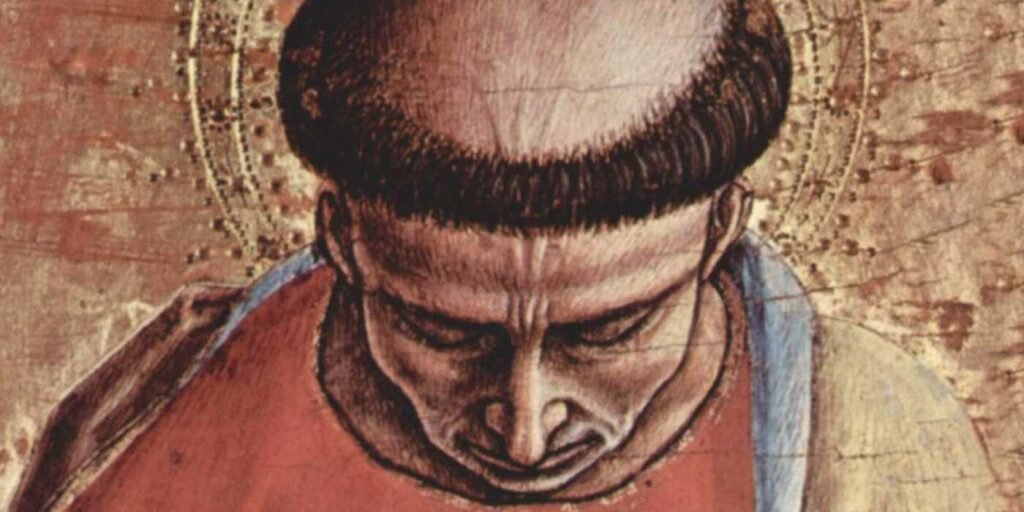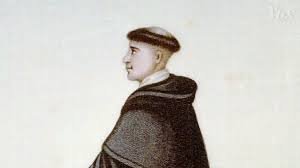Numerous religions and their followers adhere to stringent guidelines unique to their belief systems to enhance their connection with god or attain enlightenment, including the easily recognizable monk haircut.

In Buddhism, the monks completely shaved off the hair on their heads to symbolize cutting ties with the materialistic world. Catholic monks of the medieval period did the same, except only the top of their heads was shaved, while the edges were left untouched.
Why did the Catholic monks only shave the top of their heads?

The process of shaving the hair at the top of one’s head on the scalp is known as tonsure, or Tonsura in Latin. Many people while looking at the paintings of medieval Catholic monks, wonder how and why they came up with such an eerie haircut.
One theory states that the practice of shaving one’s head can be traced back to the disciples of Jesus, who used to shave their hair. This practice was then adopted by monks who wished to imitate the early Christians.
Another possible explanation is that male slaves in ancient times were required to have their heads shaved. The male monks adopted this practice to signify their status as “slaves of Christ.”
The hair left on the edges of ones head are believed to be inspired by the crown of thorns that was placed on the head of Jesus during his crucifixion.
The haircut, often called the ‘monastic crown,’ has become a symbol of religious commitment and renunciation of material belongings. Throughout history, hair has been linked to sexuality and sensuality, making the style an acknowledgment of the vow of celibacy that monks take.
The significance of the tonsure in monastic customs was so great that neglecting to maintain the hairstyle was seen as equivalent to abandoning the position of a monk. In some cases, members of the clergy who failed to uphold the haircut would have to forfeit their status as clergymen.
Influence of Pope Gregorio VII

The practice first originated in 1073 when Pope Gregorio VII was appointed. The Catholic Church’s culture towards matters such as hairstyles, attire, and socialization among monks and nuns was quite lenient until the 11th century.
The Catholic church was rampant with corruption when Pope Gregorio VII came to power. The Pope looked for solutions to reduce corruption and decided to enforce abstinence on the priest, monks, and nuns, and a standardized haircut for the monks.
Pope Gregorio VII wanted the Monks to imitate the hair of Saint Paul, the man responsible for spreading the Christian faith across the Roman Empire. He believed that imitating the haircut of Saint Paul would bring the clergy closer to God.
However, there was a problem. The Bible forbade Christians from cutting the hair at the edge of their head. Leviticus 19:28 in the Old Testament, “You must not cut off the hair at the sides of your head or clip off the edges of your beard.”
So the monks decided to shave the top of their heads as a tribute to Saint Paul while keeping the hair on the edges of their heads to stay true to the Bible, giving birth to this eerie hairstyle.
